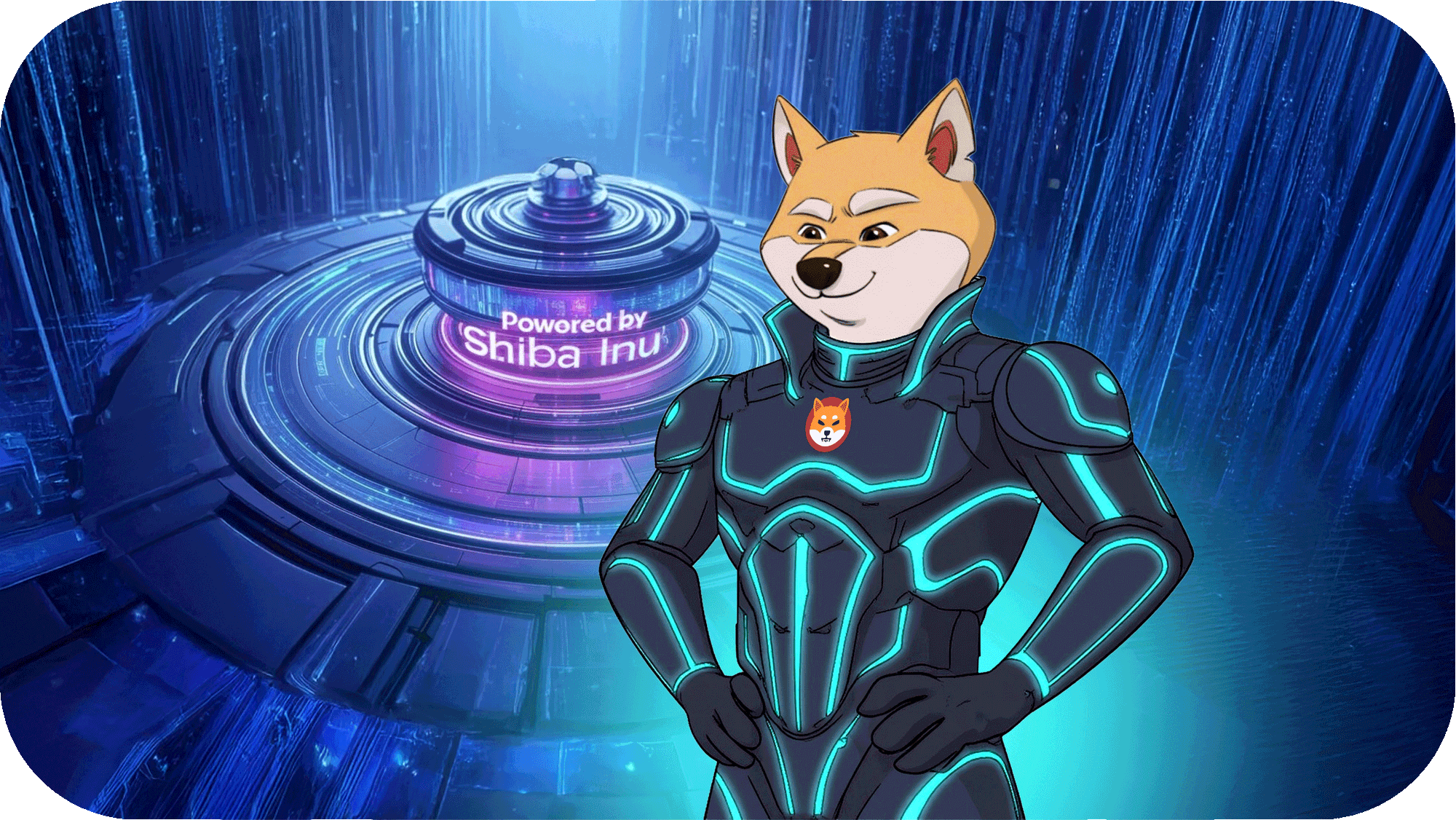0x12…qrst

Success in any field is often defined not by individual achievements but by the ability to build systems that stand the test of time.
From the rise of ancient empires to the intricate networks of modern technological titans, a fundamental truth consistently emerged: enduring success stems not from isolated accomplishments, but from the artful construction of self-sustaining systems — a carefully choreographed dance of interconnected elements.
Consider, for instance, the visionary endeavors of Walt Disney, whose creative reach transcended the silver screen to embrace the expansive realms of theme parks and the pervasive influence of television, fashioning a world where each distinct component reinforced the others in a perpetual cycle.
Or, contemplate the strategic evolution of Microsoft, whose transformation from a mere software vendor into a provider of cloud infrastructure, enterprise solutions, and gaming platforms was not a haphazard expansion, but rather a deliberate weaving of core capabilities into a seamless, all-encompassing fabric.
And, we cannot ignore the far-reaching influence of Google, which transformed from a simple search engine into a global force, whose technology powers countless applications, devices, and services worldwide, showcasing the power of a truly integrated system.
These historical parallels offer a lens through which to view the ongoing transformation within the digital domain, specifically within the nascent realms of blockchain and decentralized pieces of technology. The growing chorus demanding simplification and cohesive interfaces has fueled a wave of innovation focused on the act of centralizing decentralized frameworks, where platforms capable of harmonizing diverse components, while offering frictionless user experiences, stand to reshape how individuals and institutions interact with the emerging landscape of Web3.
The challenge lies not simply in the creation of new technologies, but in the orchestration of those into holistic systems that are greater than the sum of their parts. The success stories of the past — from Disney’s interconnected universe to Microsoft’s integrated technology stack, and the ubiquitous presence of Google’s services — underscore the importance of creating environments where each element contributes to the overall health and resilience of the whole.
This requires a keen understanding of both the technical and human elements of the equation. It requires, in essence, a profound sense of design.
This emphasis on design is not merely aesthetic but fundamentally about functionality and usability. In the context of decentralized tech, design principles dictate whether a platform will become a niche application or a cornerstone of widespread adoption.
The ability to provide seamless experiences, to reduce friction, and to unify otherwise disparate functions is paramount. The best platforms will be those that offer intuitive workflows, thus removing the need for users to navigate complex and disjointed systems.
Moreover, this push toward unified access is a response to the growing realization that true decentralization requires, ironically, a degree of centralization at the point of access. It is not enough to have decentralized technologies; those technologies must also be accessible and understandable to a broad audience.
This is what has been driving innovation in platform design, with a focus on creating user experiences that mirror the ease of traditional, coordinated systems applications, but which maintain the trust and resilience of decentralized systems.
The evolution of digital infrastructure requires not only the development of cutting-edge tools, but also the creation of environments that can facilitate their widespread use. This means thinking beyond technical prowess to consider the broader needs of the users, as well as the strategic considerations of creating a system that can adapt and thrive over time.
It requires a vision that is both technically innovative and profoundly human-centered. It calls for a new breed of ecosystem architects capable of seeing the forest for the trees and orchestrating technologies into a coherent, functional whole.
In this context, we turn our attention to the strategic framework of shib.io, the central hub, which acts as the primary access point to the Shiba Inu Operating System (Shib OS). By consolidating core functionalities under a single, unified website, fueled by TREAT, the ability to navigate SHIB OS is made seamless, it exemplifies how a well-articulated vision can redefine digital engagement and set new benchmarks in an industry that is still rapidly evolving.
Shiba Inu’s vision is for a future where we see “Powered by Shiba Inu” appear on projects, technologies, and infrastructure across countries, governments, and communities, mirroring if not exceeding Google’s reach and influence.
This story is no longer about a meme coin or only about technology but a narrative of innovation, strategic design, and the relentless quest for a cohesive and user-friendly digital frontier.
The story continues inside.